Located in southwest Cantabria, Spain, Liébana is a historic district blessed with a mild climate and adorned with villages tucked on the foothills of the Picos de Europa mountain range. Here are 7 of our favorites:
La Hermida
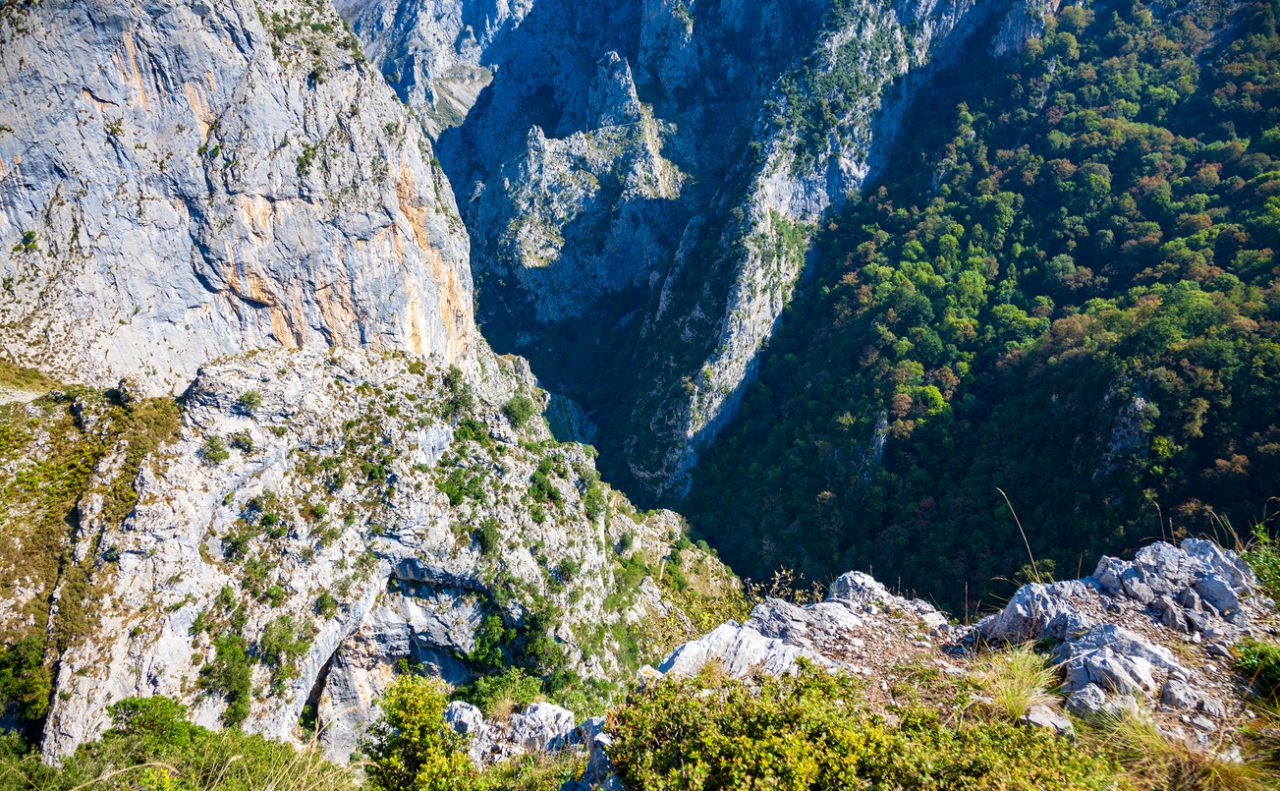
Your journey starts from the narrow Hermida Gorge, positioned as the north gate to the Cantabrian region. The rising limestone cliffs tower over the Deva River on both sides extending over 13 miles. You stop at La Hermida, the town that gives the gorge its name. What starts out as a lunch-break extends into spa-break, thanks to the natural hot springs of the town. Here, you can laze in the open, natural setting bounded by stone walls (just like the Romans when they inhabited La Hermida!), the town that gives the gorge its name. What starts out as a lunch-break extends into spa-break, thanks to the natural hot springs of the town. Here, you can laze in the open, natural setting bounded by stone walls (just like the Romans when they inhabited La Hermida!)
Lebeña
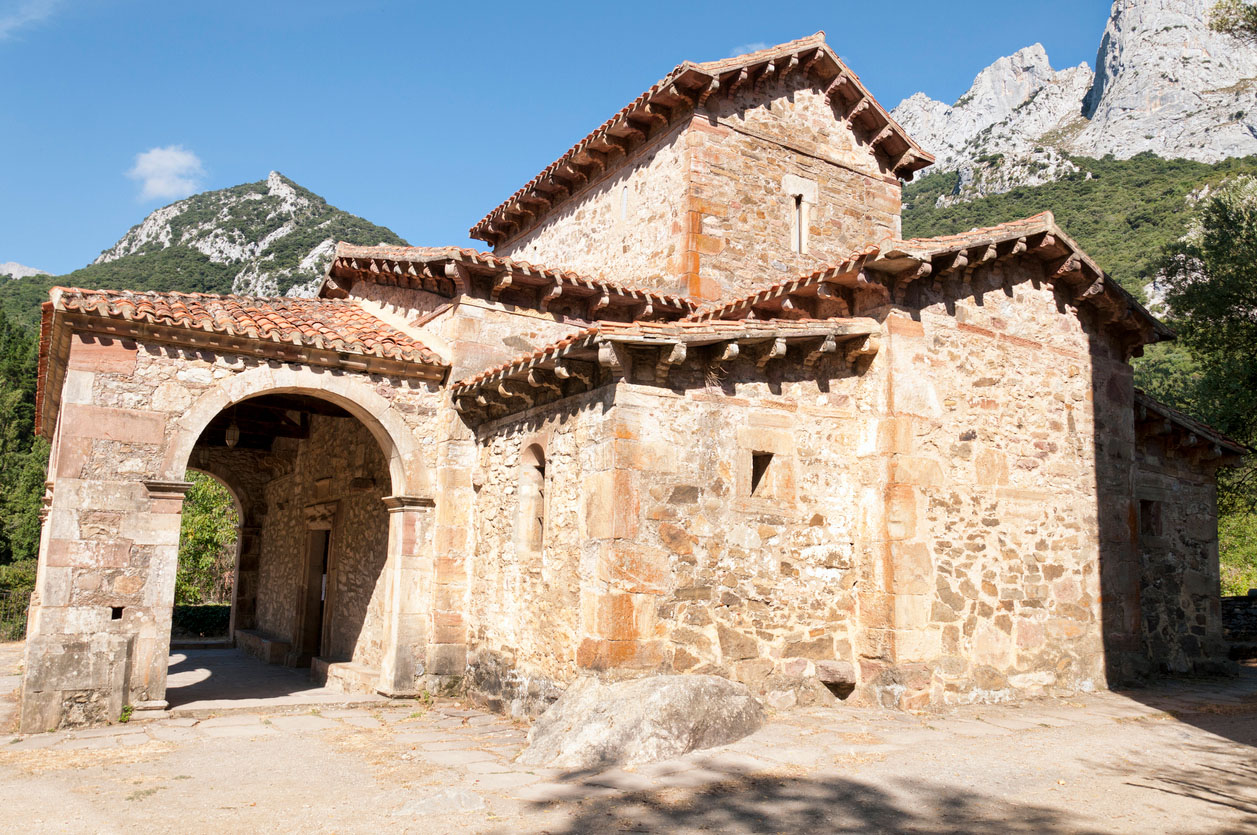
Cabañes is a village that is perched on a hill next to the narrow pass of La Hermida. From there, enjoy a panoramic view of the surrounding summits. Moving ahead, when the cliffs open, Lebeña emerges: an ancient village with green hillsides and high-rising mountains as the backdrop. The village is known for its Santa María de Lebeña church, one of the oldest in Cantabria. The Mozarab-style church maintains the original structure of a simple exterior that contrasts with its intricate and complex interior. Inside, you can see the carving of the Holy Family and a stele from the 6th-century BC on the altar, adorned with solar symbols.
Bedoya Valley
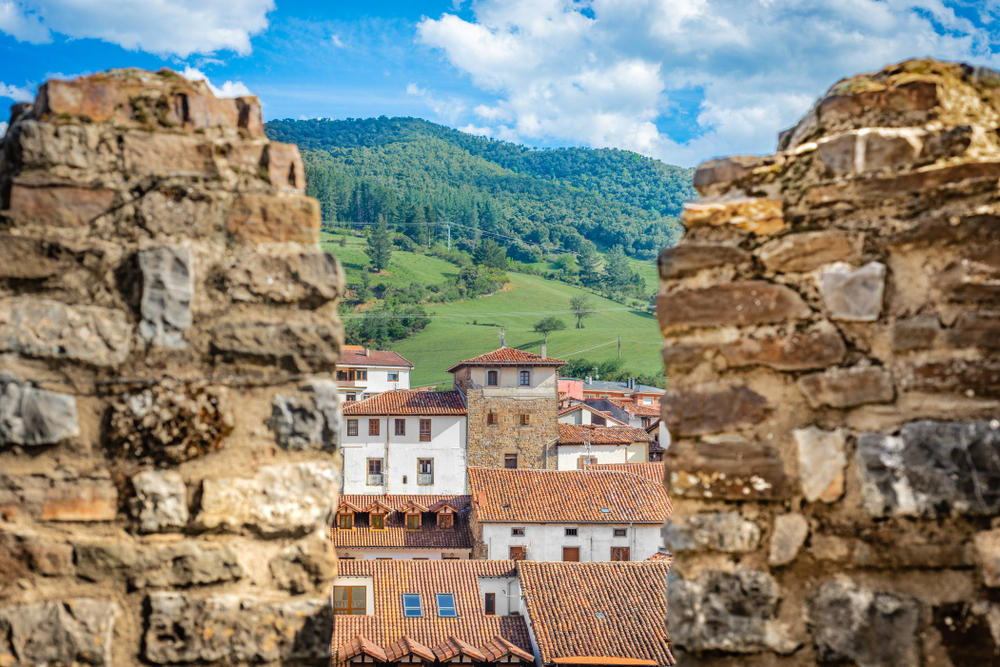
To the south of Lebeña is the Bedoya valley, perched on the foothills of Peña Sagra and dotted with several hamlets. Spend some time wandering around the thousand-year-old chestnut trees in Castro Cillórigoa. The village has a handful of buildings including a 17th-century mansion, church, and chapel. It’s like you’re transported a few centuries back in history. The Sotama Visitor Centre, a few minutes away, opens a virtual door into the history, geography, architecture, culture, and wildlife of the region. Learn about the traditional farming and mining methods, as well as centuries-old practices to make wine, handicrafts, and cheeses.
As you inch towards the heart of the region, you will enter into the area dominated by vineyards. Thanks to a microclimate resulting from the mountains, vines, olive trees, and cork oaks are abound in this region.
Potes
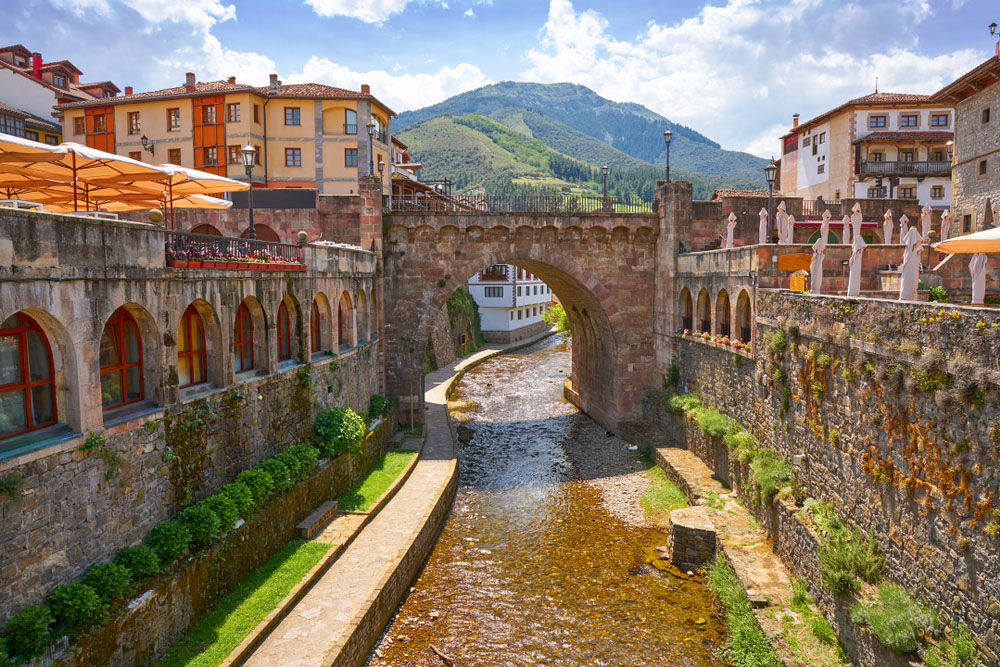
Going further south, you’ll reach Potes, the geographic center and capital of the region (also one of our favorite places to visit in Spain). The most appealing part of the town is the old quarter with distinctive old buildings. The archaic bridges are also worth visiting. Here, the Quiviesa and Bullón rivers merge into the Deva. Many of the houses in the county capital have been converted into rural hotels and restaurants. The Tower of the Infantado, once strategic in the defense of the territory, is now the seat of the City Council. The towers of Orejón and Infantado are the only ones to survive the many battles the town had. This is not the case with the mansions built by the illustrious natives that still preserve the shields of their stone facades.
Monday in Potes is the market day, a perfect day to buy food products such as quesucos (cheese of Liébana), port tea and local legumes. Buy a bunch of fresh strawberries brought from Frama, a town on the banks of the Bullón river. The taste of sweet tostadillo red wine and orujo lebaniego, an artisan distillation brandy is still fresh in my mind. Traditionally made by families from Liébana, these drinks have now obtained international fame.
Cantabria
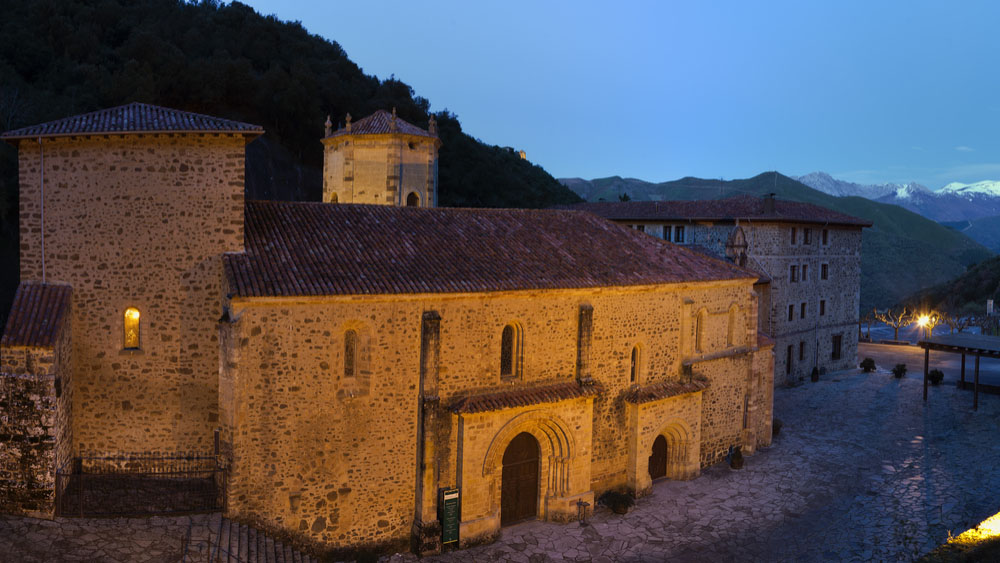
Back on the banks of the Deva in Cantabria, we reach one of the highlights of the trip: the monastery of Santo Toribio. The Gothic-style pilgrimage center located on the foot of Mount Viorna, in addition to being an aesthetic architectural masterpiece, holds immense historical value. This is where Saint Beatus authored his best-known work, Commentary on the Apocalypse. If you are a history buff, this would be a treat.
The Deva irrigates the orchards of the Camaleño valley, where the hermitage of San Pelayo stands as one of the oldest Romanesque buildings in the region. As you move along the river, you can see Mogrovejo village, with its distinctive medieval tower. Most of the houses were built between the 16th and 18th centuries. They are mostly unchanged with time as we could see in the form of exposed brick and stone walls, and wooden balconies. Walk all the way up to Treviño and spend the night in the old house of the Counts of Cortina, now transformed into a rural accommodation.
Espinama
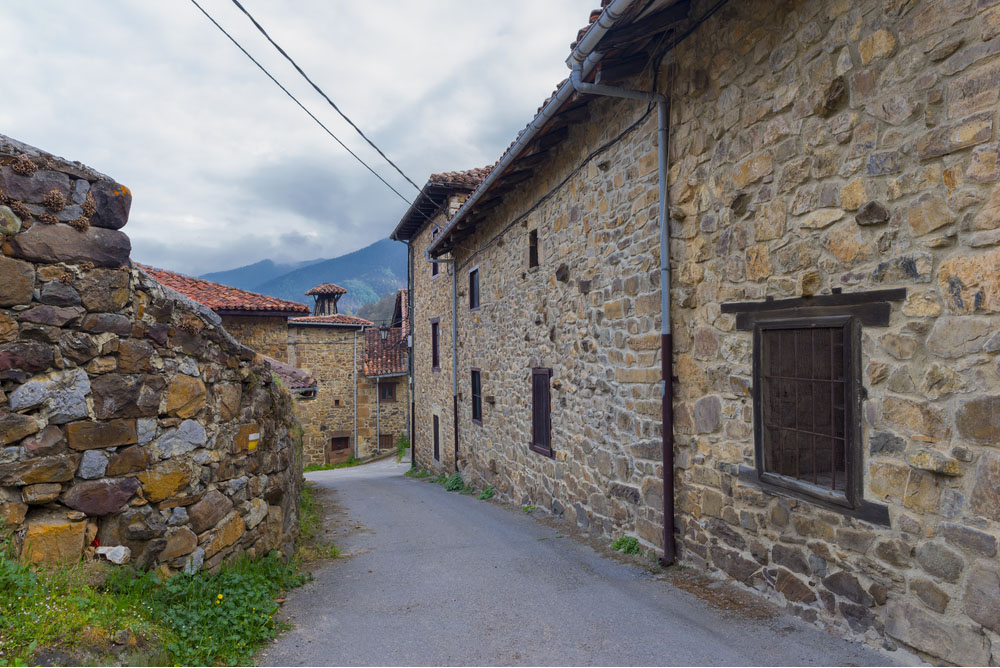
Continuing on the uphill road, you’ll pass through Las Ilces, which has a few old granaries surrounded by beech woods. The imprint of illustrious lineages survives in the mansions of Espinama. This town has several hotels, bars, and restaurants, and serve as the starting point of several hikes from the eastern side of Picos de Europa. The adjacent village of Pido is as lovely as Espinama and is known for producing some of the tastiest cheeses of the region.
Fuente Dé
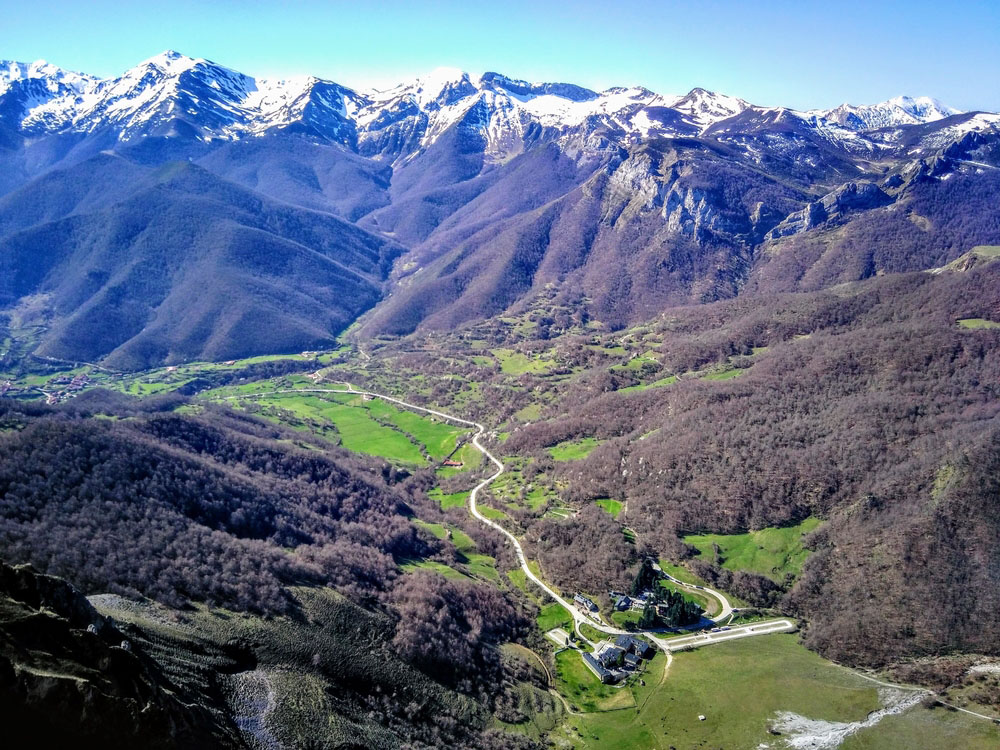
When you reach Fuente Dé, book a cable car to the Balcón station. In just under four minutes, you gain a height of 753 meters and reach at an altitude of 1823 meters. From the viewpoint, you can see the whole valley beneath and trace your path of the last few days. This is the perfect way to end this trip as the views of the grand mountain ranges and lush-green rolling hills dotted with small villages will flash the whole journey in your mind.
You might wish more people knew about this secluded corner of Cantabria, but then, excessive tourism might rob Liébana’s charm and authenticity.